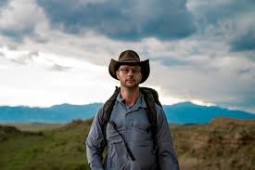
In this episode Angele Sjong interviews Tyler Lyson, a vertebrate paleontologist at the Denver Museum of Nature and Science, about his team’s extraordinary fossil discovery at the Corral Bluffs.
When the asteroid destroyed most of life on earth 66 million years ago, including the dinosaurs, this cataclysmic event ended the Age of Reptiles and began the Age of Mammals.Paleontologists have long struggled to understand the first million years of the Age of Mammals, however. What kinds of mammals survived this event? When and how did mammals become big again? When did mammals begin to diversify? What was the plant life and climate like at this time? The animal and plant fossils at Corral Bluffs shed light on this critical time period in earth’s history that has been a mystery for so long.
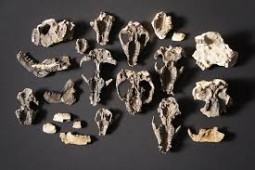
The Corral Bluffs have been featured on the PBS Nova show titled “Age of Mammals.” Nova show, “Rise of the Mammals”.
The Corral Bluffs’ fossils are on exhibit at the Denver Museum of Nature and Science:
DMNS Exhibit: After the asteroid: Earth’s comeback story
Executive Producer: Joel Parker
Show Producer: Angele Sjong
Engineer: Maeve Conran
Listen to the show:
Podcast: Play in new window | Download (Duration: 25:49 — 35.5MB)
Subscribe: RSS

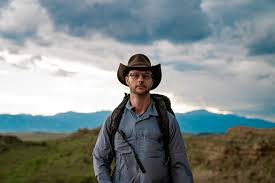


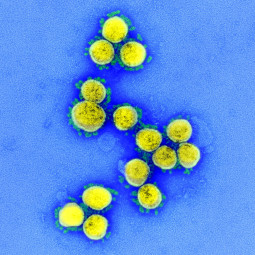
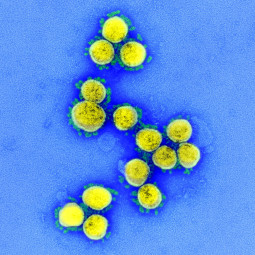 This week on How on Earth, Beth delves into the science of vaccination for the new corona virus and speaks with Dr David Werner of SUNY Binghamton about his research on the likelihood that general anesthetics can set children and adolescents up for the risk of later alcohol abuse. Find out more at his
This week on How on Earth, Beth delves into the science of vaccination for the new corona virus and speaks with Dr David Werner of SUNY Binghamton about his research on the likelihood that general anesthetics can set children and adolescents up for the risk of later alcohol abuse. Find out more at his 
 Today on How on Earth, Beth plays part of a
Today on How on Earth, Beth plays part of a 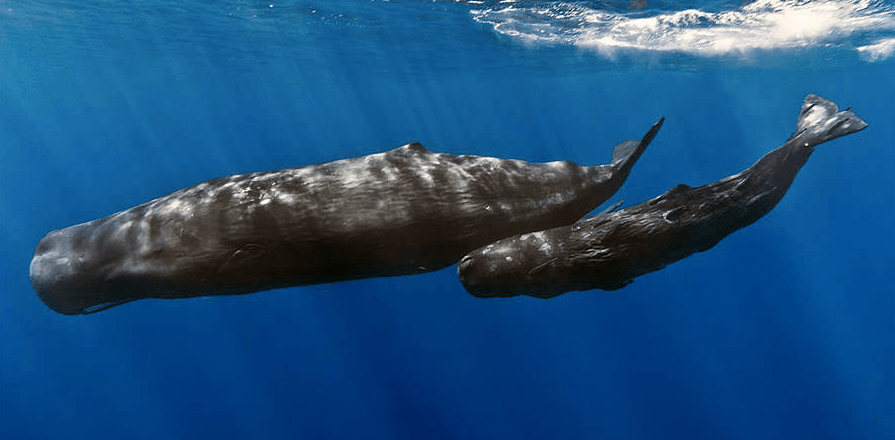
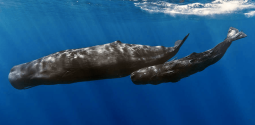

 Beth and Angele discuss the pros and cons of mask wearing as protection against the novel corona virus. You can see the
Beth and Angele discuss the pros and cons of mask wearing as protection against the novel corona virus. You can see the 
 With graduation season is upon us, today’s edition of How on Earth is our annual “Graduation Special”. Our guests in the studio today are scientists who have or will soon receive their Ph.D. in a STEM-related field. They talk about their thesis research, their grad school experiences, and what they have planned next.
With graduation season is upon us, today’s edition of How on Earth is our annual “Graduation Special”. Our guests in the studio today are scientists who have or will soon receive their Ph.D. in a STEM-related field. They talk about their thesis research, their grad school experiences, and what they have planned next. Hayley Sohn – CU Boulder,
Hayley Sohn – CU Boulder, 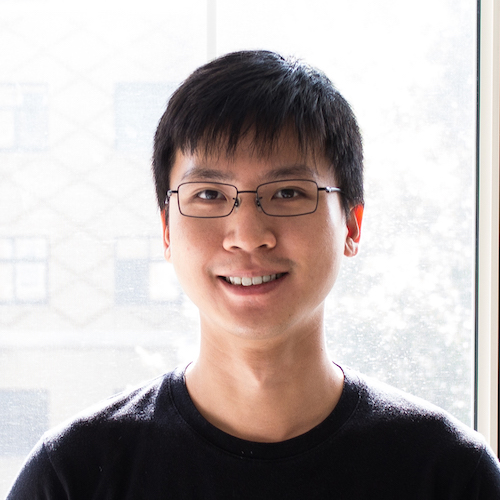 Clement Zheng – CU Boulder,
Clement Zheng – CU Boulder, 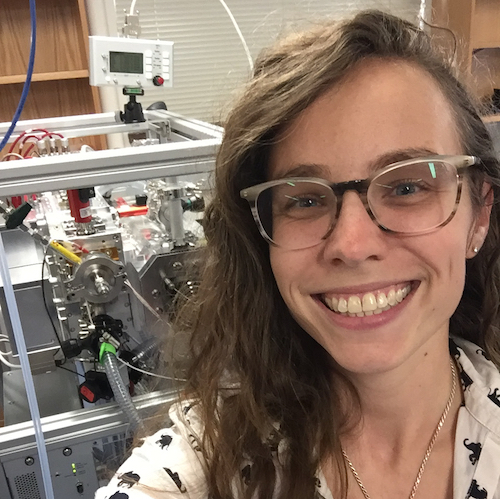 Jennifer Berry – CU Boulder,
Jennifer Berry – CU Boulder, 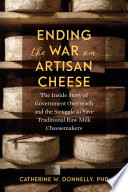
 This week on How on Earth, we speak with Professor Catherine Donnelly, of the University of Vermont, about her book,
This week on How on Earth, we speak with Professor Catherine Donnelly, of the University of Vermont, about her book, 

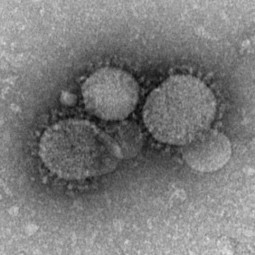
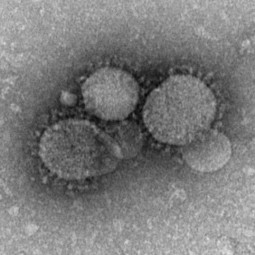 This week on How on Earth, we are still producing off site. Beth and Angele give an update on treatment and transmission of the corona virus and Shelley interviews CU Boulder scientists Anushree Chatterjee and Prashant Nagpal who explain the pros and cons of using old medicines to fight Covid-19, and they describe some new “medicines” in the future, and how to speed up their development.
This week on How on Earth, we are still producing off site. Beth and Angele give an update on treatment and transmission of the corona virus and Shelley interviews CU Boulder scientists Anushree Chatterjee and Prashant Nagpal who explain the pros and cons of using old medicines to fight Covid-19, and they describe some new “medicines” in the future, and how to speed up their development.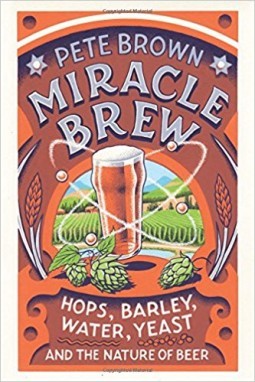
 This week How on Earth adjusts to the restrictions imposed by the corona virus by replaying a previous feature on the chemistry of beer brewing. First Beth gives an overview of some proposed treatments for corona virus. Then, the featured interview with author Pete Brown. When the New York Times reviewed Miracle Brew, the reviewer said: A magisterial tour of fearsome science and vast brewery history leavened with cheery anecdotes, humor, vivid you-are-there prose and a clever eye for personality . . . His rhapsodies about the meaning of life and the meaning of beer are stirring. . . .His expertise and insight will leave you with a glimmer of infinity every time you hold a bottle of it in your hand.
This week How on Earth adjusts to the restrictions imposed by the corona virus by replaying a previous feature on the chemistry of beer brewing. First Beth gives an overview of some proposed treatments for corona virus. Then, the featured interview with author Pete Brown. When the New York Times reviewed Miracle Brew, the reviewer said: A magisterial tour of fearsome science and vast brewery history leavened with cheery anecdotes, humor, vivid you-are-there prose and a clever eye for personality . . . His rhapsodies about the meaning of life and the meaning of beer are stirring. . . .His expertise and insight will leave you with a glimmer of infinity every time you hold a bottle of it in your hand.